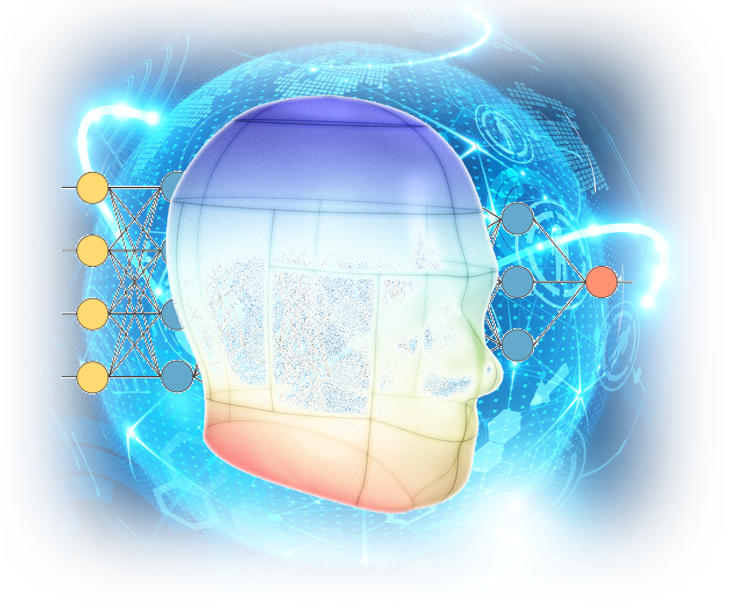The Physics of Artificial Intelligence (PAI) program is part of a broad DAPRA initiative to develop and apply “Third Wave” AI technologies to sparse data and adversarial spoofing, and incorporate domain-relevant knowledge through generative contextual and explanatory models. SC is a part of a team that has won Phase I funding issued under the Disruption Opportunity (DO) solicitation for innovative basic research concepts exploring radically new architectures and approaches in AI that incorporate prior knowledge, such as known physical laws, to augment sparse data and to ensure robust operation.
The SC team proposed to develop a methodology for incorporating physics into AI techniques to provide rapid and accurate insights into future performance of dynamic non-linear systems. A key element of this system is to develop multi-layer artificial neural networks (i.e., deep neural networks, DNNs) that predicts key variables indicating the states and/or performance of the system based on the real-time measurements. DNNs are powerful learning models that allow computational models of multiple processing layers to capture intricate structures of large-scale data. However, the task of training a DNN to accurately identify a nonlinear map from a few potentially very high-dimensional input and output data pairs is very challenging due to the large solution spaces.
To overcome this problem, we will develop physics-informed robust versions of DNNs, where the physics and data are used to train DNN representations of the key parameters. In many cases pertaining to the modeling of physical systems, there exist a vast amount of prior knowledge such as principled physical laws that govern the dynamics of a system, some empirical validated rules, or other domain expertise. Our method uses prior knowledge as a regularization agent that constrains the space of admissible solutions to a manageable size. In this manner, the output from the neural networks is enforced by the physics equations. The DNNs thus trained will be used in a feedback loop with robust control algorithms to achieve robustness to system variations and uncertainty, reduction of response to noises and disturbances, and improvement of dynamic response.
